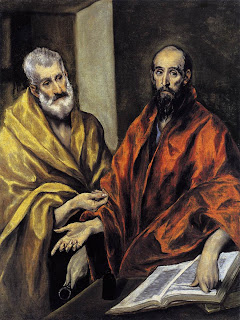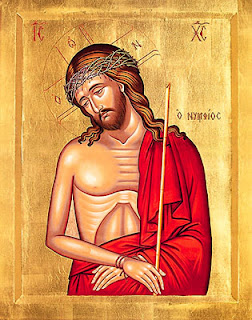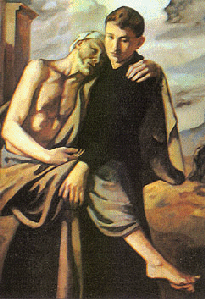An Apostlic Faith: Saints Peter and Paul

We celebrate this day made holy for us by the Apostles' blood. Let us embrace what they believed, their life, their labors, their sufferings, their preaching and their confession of faith. - Saint Augustine of Hippo Saints Peter and Paul by El Greco The great Apostles, Peter and Paul, so different in temperament and mission, have been honored with a common feast (June 29) since the first half of the fourth century. Peter, the first among the Apostles, and Paul, the Apostle to the Gentiles, were martyred in Rome, probably around the year 67, during the persecution of the emperor Nero. The Collect for the Mass for this Solemnity reminds us that it was first through the preaching of Peter and Paul, and indeed all the Apostles, that the Church first received the Faith. This Apostolic Faith is manifested in our day in the celebration of the Church's sacraments, in the communion of prayer and faith in charity, and in the ministry of the Pope and the ...



